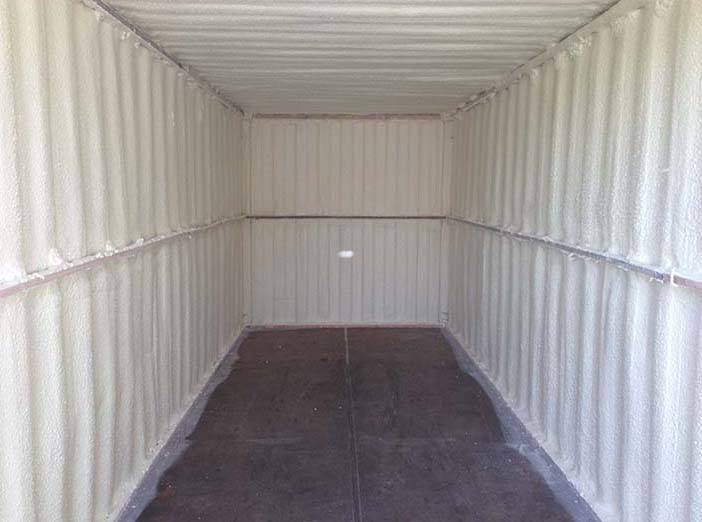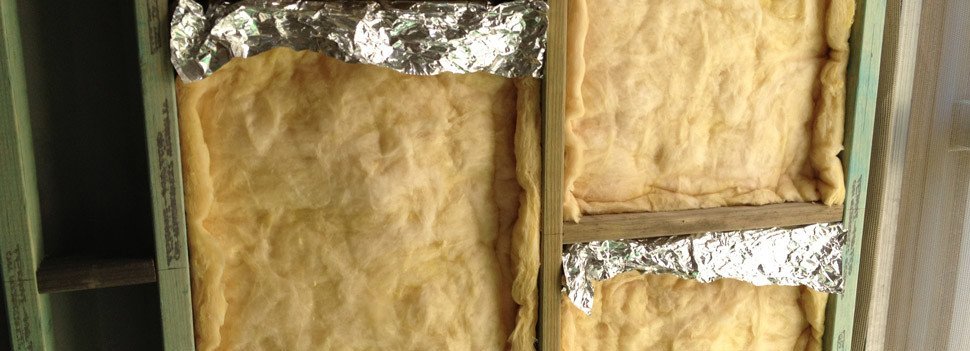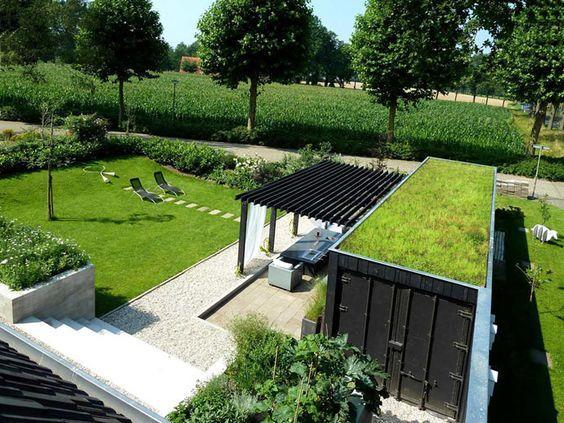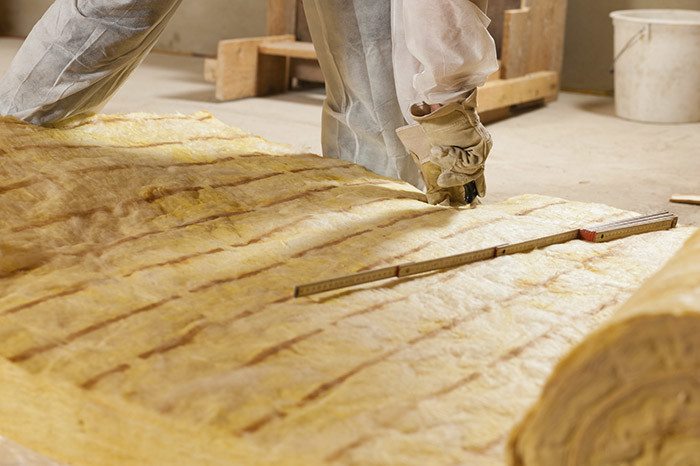Insulating your shipping container is essential if you plan to spend any time in it. Australia’s climate can be harsh, with scorching summer temperatures and chilly winters, and although we’ve seen container repurposing skyrocket, shipping containers weren’t designed to be a habitat for humans. They are made of steel and are susceptible to condensation, so proper insulation is important not only for your comfort, but also to keep your container in good condition by avoiding mould and corrosion.
Insulation Methods
Foam Insulation
Spray foam insulation is an ideal method of keeping your container warm in cooler months/climates and dry in damper months/climates as it combats condensation and creates a seamless vapour barrier. It’s also the quickest method of insulation and is very flexible, allowing you to spray into gaps of any size.
Spray foam insulation can be applied on both external and internal walls of your shipping container, and you can also spray it underneath your container to stop any moisture from the ground creeping in. Once the foam has set it can be painted over to give your container the look you’re after.
The downside of using spray foam insulation is that it’s more expensive and a lot messier to work with compared to other insulation methods.

As well as spray foam insulation, there are a number of different types of insulation which can be safely and effectively used for your container, including:
– Insulation panels
– Blanket insulation
– Eco-friendly options of wool or cotton
You can even choose to use a combination of different insulation types to address specific needs. For example, spray foam to prevent condensation and panels to control interior temperatures.
Insulation Panels and Blanket Insulation
These types of insulation methods are DIY friendly, but require stud walls to fit.
Insulation panels can be bought at predefined sizes and then fitted in the gaps of your stud wall. The panels have a high insulating value for their relatively small depth, so if you don’t want to spend a lot of money on foam insulation, panel insulation may be an affordable solution that still keeps insulation thickness to a minimum.
Blanket insulation, while taking a little longer to install than panels, is the cheapest of the insulation methods mentioned here. The most common blanket insulation is mineral, and is also known as rock wool. Some types of blanket insulation are made from fibreglass which makes installation a little more difficult as care is needed when handling. Personal protective equipment should be worn for safe installation.

Natural Materials
If you’re looking to insulate with natural materials and avoid those such as fibreglass, then one of these insulating methods could be the right fit for you:
Wool Insulation
This method uses sheep’s wool and is similar to blanket insulation.
Cotton Insulation
This method is similar to blanket insulation but uses recycled cotton instead of fibreglass.
Living Roof
During the warmer months a living roof can reduce indoor temperatures by up to 8 percent, however it isn’t a replacement for proper insulation.
Mud Walls
Mud can be used on a container’s roof and walls using battens, however it should only be used in climates where rainfall is scarce. A dry and hot climate is ideal.

So Which is Best?
One method of insulating a container isn’t necessarily better than another. It all comes down to your climate, skill level and budget.
A variety of insulation methods can be used together to meet your needs and to withstand your climate. One type of insulation can be used on the walls and roof, and another underneath the container. You can even combine insulation in the same section, for instance by installing rock wool and then covering it with spray foam to create an airtight seal.
Ready to get your project underway but need to source a shipping container? Speak to Premier Box, the shipping container professionals, on 07 3888 3011.




